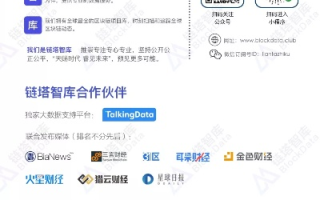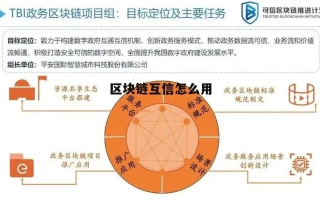区块链是一种分布式账本技术,它通过将数据分块、链接成链的方式来保证数据的安全性和不可篡改性。在区块链中,每个区块都包含有关交易和其他信息的记录,并且每个区块都有一个唯一的标识符,称为区块哈希。为了生成一个区块,我们需要实现区块链的基本功能,包括生成一个新的区块、计算区块哈希和验证区块链的完整性。下面是一个简单的区块链区块生成的实验代码:
```python
import hashlib
import datetime
class Block:
def __init__(self, index, timestamp, data, previous_hash):
self.index = index
self.timestamp = timestamp
self.data = data
self.previous_hash = previous_hash
self.hash = self.calculate_hash()
def calculate_hash(self):
sha = hashlib.sha256()
sha.update(str(self.index).encode('utf8')
str(self.timestamp).encode('utf8')
str(self.data).encode('utf8')
str(self.previous_hash).encode('utf8'))
return sha.hexdigest()
class Blockchain:
def __init__(self):
self.chain = [self.create_genesis_block()]
def create_genesis_block(self):
return Block(0, datetime.datetime.now(), "Genesis Block", "0")
def get_latest_block(self):
return self.chain[1]
def add_block(self, new_block):
new_block.previous_hash = self.get_latest_block().hash
new_block.hash = new_block.calculate_hash()
self.chain.append(new_block)
def is_chain_valid(self):
for i in range(1, len(self.chain)):
current_block = self.chain[i]
previous_block = self.chain[i 1]

if current_block.hash != current_block.calculate_hash():
return False
if current_block.previous_hash != previous_block.hash:
return False
return True
创建区块链实例
my_blockchain = Blockchain()
添加新区块
new_block = Block(1, datetime.datetime.now(), "Block data", "")
my_blockchain.add_block(new_block)
验证区块链完整性
print(my_blockchain.is_chain_valid())
```
在上面的代码中,`Block` 类表示一个区块,它具有索引、时间戳、数据、前一个区块哈希和当前区块哈希等属性。`Blockchain` 类表示整个区块链,它包含一个区块链列表,并提供生成创世区块、获取最新区块、添加新区块和验证区块链完整性等功能。
这个代码中的区块链是一个简化版本,仅用于演示区块链的基本概念和实现方式。在实际应用中,你可能需要更多的功能和复杂的算法来确保区块链的安全性和性能。区块链的实现和应用也可以使用其他编程语言和框架。
希望这个实验代码能够帮助你理解区块链的生成过程和基本原理。如果你对区块链还有其他问题,可以继续提问。
标签: 区块链实验室是干什么的 区块链实验报告心得 区块链中区块如何生成 区块链原型的编程 区块链试验基地







